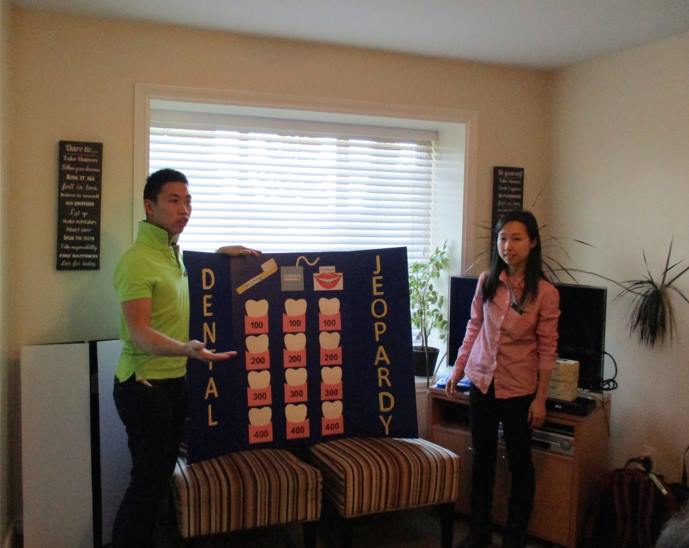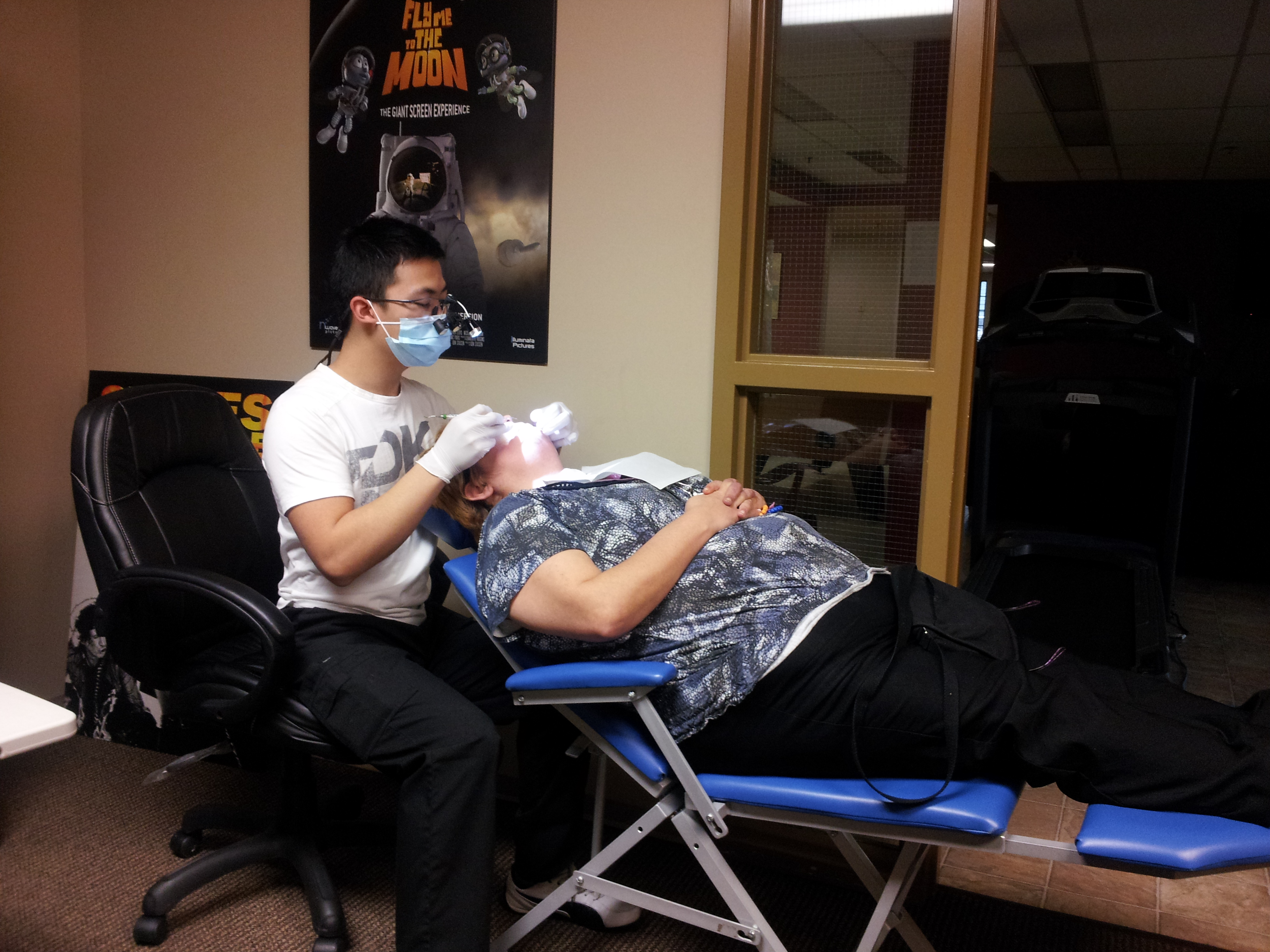This past semester, I had the opportunity to develop and implement a preventative oral health program at Union Gospel Mission’s (UGM) Orchard Complex for my community rotation. UGM is a non-profit Christian organization that aims to transform communities by overcoming povert y, homelessness and addictions. The Orchard is a subsidized housing complex with 75 town homes, aimed to provide long and short term housing to new immigrants, refugees and low socioeconomic individuals. Similarly to Pioneer Community Living association, my role as a student dental hygienist was to provide preventative and non invasive therapeutic services such as dental hygiene exams, oral cancer screenings, debridement, fluoride administration and oral health instruction. Although the majority of clients are individuals living in the Orchard complex, we recruited new clients through the community health nurse, referrals from current clients and from a local church that is sponsoring two Syrian refugee families that arrived in February. At this community site, three dental chairs and two portable dental units were shared between four students.
y, homelessness and addictions. The Orchard is a subsidized housing complex with 75 town homes, aimed to provide long and short term housing to new immigrants, refugees and low socioeconomic individuals. Similarly to Pioneer Community Living association, my role as a student dental hygienist was to provide preventative and non invasive therapeutic services such as dental hygiene exams, oral cancer screenings, debridement, fluoride administration and oral health instruction. Although the majority of clients are individuals living in the Orchard complex, we recruited new clients through the community health nurse, referrals from current clients and from a local church that is sponsoring two Syrian refugee families that arrived in February. At this community site, three dental chairs and two portable dental units were shared between four students.
This was a community site that helped me develop efficiency in my clinical skills. I was required to see an average of three clients per session, and my cultural competence was tested as the clients varied greatly in terms of culture and ethnicity. The two greatest challenges at this community site was the language barrier between the client and myself, and the fact that the majority of the new clients had not seen a dental professional due to poor access to oral health services in their home countries or financial restraints. These challenges were managed by speaking slowly, using hand gestures and pointing to the area of concern when explaining the client’s diagnosis and treatment plan. Overall, the community initiative was successful as we treated a total of 69 patients, 18 of which were new patients. 


 Mental illness is becoming increasing prevalent in Canada as statistics reveal that in any given year one in five Canadians experiences a mental health problem.1 Additionally, literature shows that people are more likely to visit their oral healthcare providers on a regular basis than their other primary healthcare providers.2 It is reported that adults aged 20-44 rarely visit their family doctors for preventive care, yet they visit their oral healthcare professionals at least once a year.2 Therefore, understanding this population`s barriers to oral health care can help clinicians managed this population and treat them with dignity they deserve. In addition to providing clinical services, my team and I held a table clinic to educate the population about the difference between healthy and unhealthy gums and showed them how to care for their oral health daily. The goal of the table clinic was to encourage the population to equip them with the basic knowledge and skills to care for their oral health daily.
Mental illness is becoming increasing prevalent in Canada as statistics reveal that in any given year one in five Canadians experiences a mental health problem.1 Additionally, literature shows that people are more likely to visit their oral healthcare providers on a regular basis than their other primary healthcare providers.2 It is reported that adults aged 20-44 rarely visit their family doctors for preventive care, yet they visit their oral healthcare professionals at least once a year.2 Therefore, understanding this population`s barriers to oral health care can help clinicians managed this population and treat them with dignity they deserve. In addition to providing clinical services, my team and I held a table clinic to educate the population about the difference between healthy and unhealthy gums and showed them how to care for their oral health daily. The goal of the table clinic was to encourage the population to equip them with the basic knowledge and skills to care for their oral health daily.